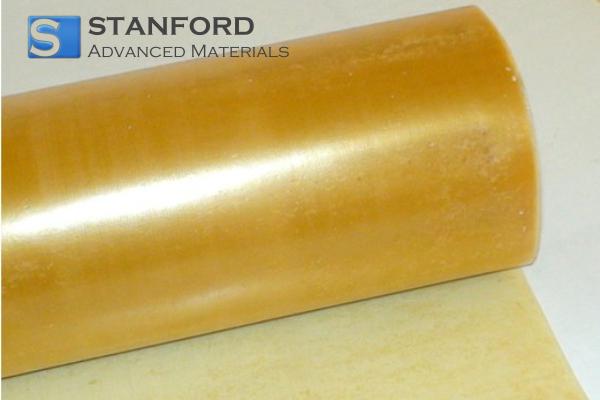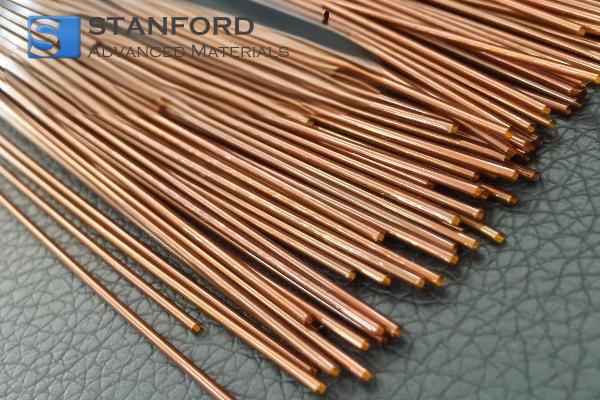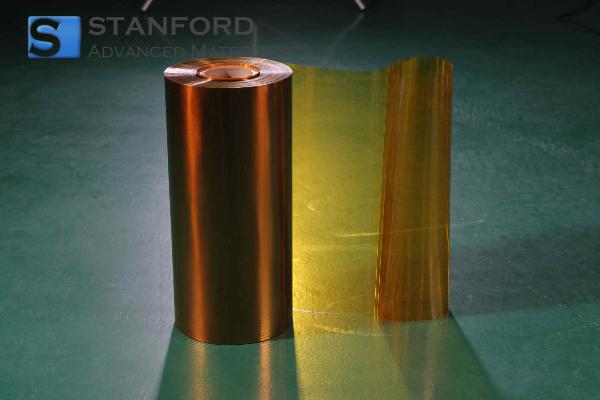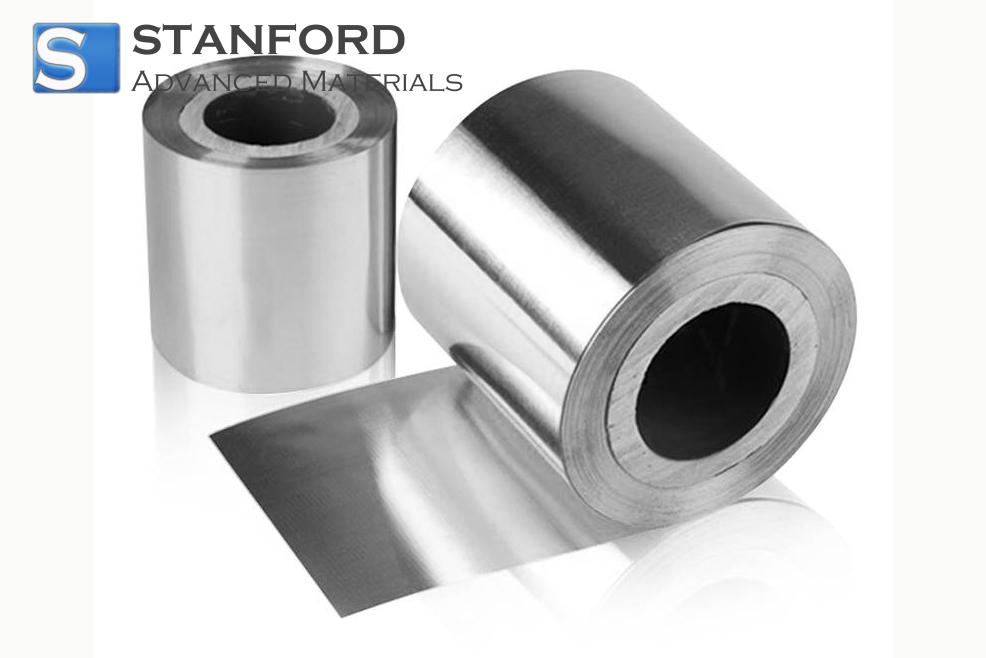Vanadium: Element Properties And Uses
Description
Vanadium is a chemical element with diverse industrial applications, including the manufacture of high‐strength materials and its use in various industrial processes. This blog examines its properties and applications.
Introduction to the Element
Vanadium is a transition metal with the chemical symbol V and the atomic number 23. In nature it generally occurs in the form of ores such as vanadinite and patronite. Vanadium is used in numerous industrial processes and is known for its strength and corrosion resistance. It plays an important role in steel production, particularly in the manufacture of high‐strength alloys.
Chemical Properties Description
Vanadium is a silvery‐grey metal that exhibits high corrosion resistance. It remains stable in air but can, under exposure to oxygen, form various oxides, for example, V2O5. This oxide is frequently used for the production of catalysts, pigments and batteries. Vanadium exhibits several important chemical properties:
- Oxidation States: Vanadium exhibits multiple oxidation states ranging from +2 to +5, with +5 being the most stable.
- Reactivity: It reacts with halogens and acids; however, it is relatively inert compared with other metals.
- Compound Formation: Vanadium readily forms compounds with other elements, in particular oxygen, sulphur and chlorine, thereby proving useful in various chemical processes.
Data Table of Physical Properties
Below are some key physical properties of vanadium:
|
Property |
Value |
|
Atomic Number |
23 |
|
Atomic Mass |
50.94 g/mol |
|
Density |
6.11 g/cm³ |
|
Melting Point |
1910 °C |
|
Boiling Point |
3380 °C |
|
Electrical Resistivity |
3,1 µΩ-m at 20 °C |
|
Colour |
Silvery-grey |
|
Hardness (Mohs Scale) |
6.0 |
These physical properties demonstrate the high melting point, considerable resistance to corrosion and significant mechanical strength of the metal, thereby making it well suited for industrial applications. Further information is available at Stanford Advanced Materials (SAM).
Common Applications
Vanadium has several important applications across various sectors:
- Alloy Production: Vanadium is used as an alloying element in steel to improve its strength and resistance to wear and fatigue.
- Battery Technology: Vanadium is employed in the manufacture of vanadium redox flow batteries which are used for large-scale energy storage.
- Catalysis: Vanadium compounds, particularly vanadium pentoxide, are used as catalysts in the production of sulphuric acid and in other chemical processes.
- Aerospace and Military: Given its high strength-to-weight ratio, vanadium is employed in materials for aerospace and military applications.
- Pigments: Vanadium compounds are utilised in the production of pigments for ceramics and glass.
Preparation Methods
Vanadium is generally extracted from its ores using the following procedures:
- Reduction of Vanadium Pentoxide: Vanadium pentoxide (V2O5) is reduced with aluminium or calcium, thereby producing vanadium metal.
- Electrolytic Reduction: Vanadium is also produced by the electrolytic reduction of its salts, although this method is less common given its higher energy requirements.
- Smelting: In certain cases, vanadium is extracted from ore by smelting with carbon in a high-temperature furnace.
Related Industrial Products
Several industrial products are manufactured utilising vanadium, including:
- Vanadium Steels: High-performance steels used in tools, construction and aerospace applications.
- Vanadium Batteries: Employed in storage systems for renewable energy.
- Vanadium Oxides: Essential in catalysis and pigment production.
- Vanadium Alloys: Used in the manufacture of durable and high-strength materials for various technical applications.
Frequently Asked Questions
What is vanadium used for in industry?
Vanadium is primarily used in steel production to improve strength and corrosion resistance. In addition, it is employed in energy storage systems through vanadium batteries and in catalysis.
How is vanadium extracted?
Vanadium is extracted from ores such as vanadinite and patronite by methods including reduction with aluminium or calcium, electrolytic reduction or smelting with carbon.
What are the main chemical properties of vanadium?
Vanadium exhibits several oxidation states, with +5 being the most stable. It forms a variety of compounds, including oxides and halides, and is relatively unreactive compared with other metals.
What is the melting point of vanadium?
Vanadium has a high melting point of 1910 °C, which makes it suitable for high-temperature applications such as materials for aerospace.
What are the physical properties of vanadium?
Vanadium is a silvery-grey metal with considerable strength, high resistance to corrosion and a density of 6,11 g/cm³. It also has a high boiling point of 3380 °C.

 Bars
Bars
 Beads & Spheres
Beads & Spheres
 Bolts & Nuts
Bolts & Nuts
 Crucibles
Crucibles
 Discs
Discs
 Fibers & Fabrics
Fibers & Fabrics
 Films
Films
 Flake
Flake
 Foams
Foams
 Foil
Foil
 Granules
Granules
 Honeycombs
Honeycombs
 Ink
Ink
 Laminate
Laminate
 Lumps
Lumps
 Meshes
Meshes
 Metallised Film
Metallised Film
 Plate
Plate
 Powders
Powders
 Rod
Rod
 Sheets
Sheets
 Single Crystals
Single Crystals
 Sputtering Target
Sputtering Target
 Tubes
Tubes
 Washer
Washer
 Wires
Wires
 Converters & Calculators
Converters & Calculators
 Write for Us
Write for Us




 Chin Trento
Chin Trento



